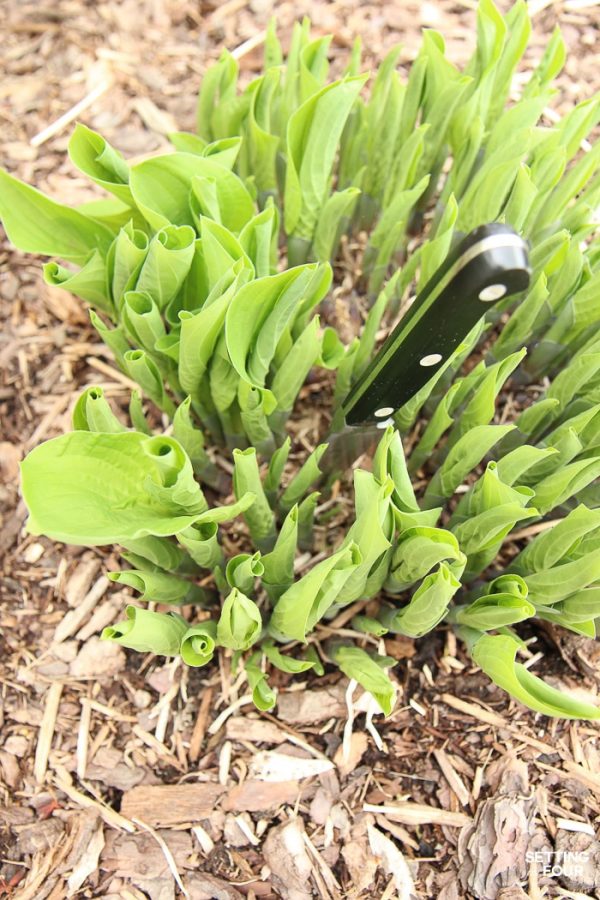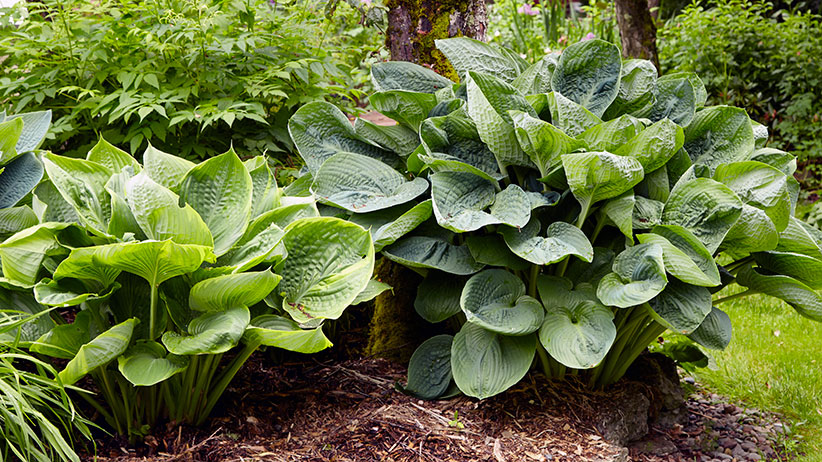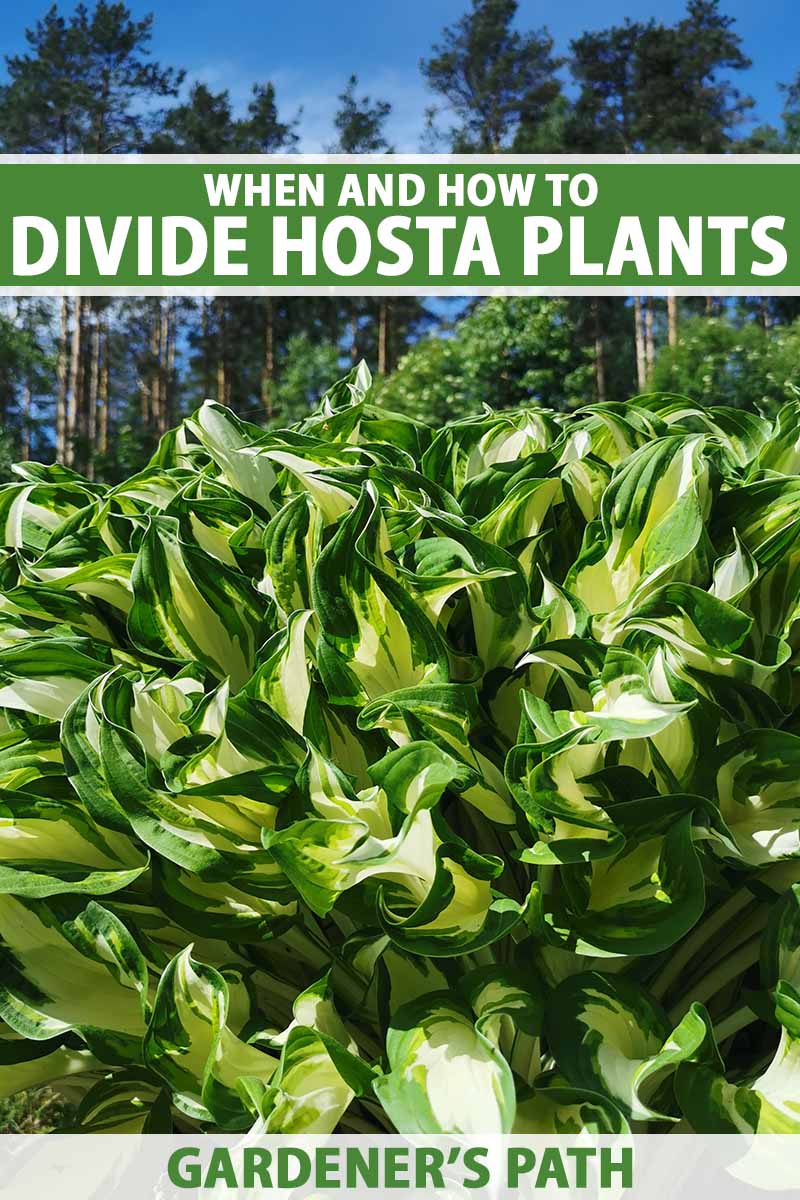Why Divide Hostas: Understanding the Benefits
Dividing hostas is a crucial aspect of maintaining a healthy and thriving garden. By dividing hostas, gardeners can promote healthy growth, increase plant yields, and control the spread of these versatile plants. When and how to divide hostas is a critical consideration, as it can make all the difference in achieving these benefits. Healthy growth is promoted by dividing hostas, as it allows for better air circulation, sunlight penetration, and soil nutrient distribution. This, in turn, leads to stronger, more robust plants that are better equipped to resist disease and pests. Additionally, dividing hostas can increase plant yields, allowing gardeners to share or propagate new plants. This process also helps to control the spread of hostas, which can quickly overtake other plants in the garden if left unchecked. By dividing and replanting, gardeners can maintain a balanced and harmonious garden ecosystem.
Identifying the Perfect Time: When to Divide Hostas
Timing is everything when it comes to dividing hostas. Knowing when and how to divide hostas is crucial for successful division and optimal plant growth. The ideal time to divide hostas depends on the climate, weather conditions, and plant stages. In general, spring and fall are considered the best seasons for dividing hostas. During these periods, the weather is mild, and the plants are not under stress, making it easier to divide and replant. In regions with harsh winters, it’s best to divide hostas in the spring, after the threat of frost has passed. In areas with hot summers, fall division is recommended, about 4-6 weeks before the first frost. When dividing hostas, it’s essential to choose plants that are at least 3-5 years old and have developed a robust root system. This ensures that the divided plants will have a better chance of survival and thrive in their new environment. By understanding the best seasons, weather conditions, and plant stages for division, gardeners can increase their chances of success and enjoy the many benefits of dividing hostas.
How to Prepare Your Hostas for Division
Before diving into the process of dividing hostas, it’s essential to prepare the plants to ensure a successful division. Proper preparation will help minimize stress and promote healthy growth in the newly divided plants. When and how to divide hostas is crucial, and preparation is a critical step in this process. Start by watering the hostas thoroughly a day or two before division to make the soil easier to work with. Fertilize the plants about a month before division to provide them with a nutrient boost. Prune the hostas to about 6-8 inches from the ground to reduce transpiration and prevent the plants from drying out during the division process. Remove any dead or damaged leaves to prevent the spread of disease and encourage healthy growth. By following these simple steps, gardeners can ensure that their hostas are robust and ready for division, increasing the chances of success and promoting healthy growth in the newly divided plants.
A Step-by-Step Guide to Dividing Hostas
Dividing hostas can seem intimidating, but with the right tools and techniques, it’s a straightforward process. When and how to divide hostas is crucial, and following a step-by-step guide can ensure success. To begin, gather the necessary tools, including a sharp, clean shovel or garden fork, a trowel or garden knife, and some twine or string. Next, carefully dig up the entire hosta plant, making sure to get as much of the root system as possible. Gently wash away any dirt or debris to expose the roots. Identify the natural divisions or “eyes” on the plant, and use a sharp, clean tool to separate the sections. Make sure each division has at least one “eye” and a decent amount of roots. Replant the divided hostas immediately, watering well to settle the soil. Mulch around the plants to retain moisture and suppress weeds. Post-division care is critical, so keep the soil consistently moist and fertilize lightly to promote healthy growth. By following these steps, gardeners can successfully divide their hostas and enjoy the many benefits of this process.
Common Mistakes to Avoid When Dividing Hostas
When it comes to dividing hostas, there are several common mistakes that can lead to poor results or even plant failure. By understanding what to avoid, gardeners can increase their chances of success and enjoy the many benefits of hosta division. One of the most critical mistakes to avoid is over-handling the roots, which can cause damage and lead to transplant shock. Another common error is under-watering the plants before and after division, which can cause stress and reduce the chances of successful establishment. Poor soil preparation is also a common mistake, as it can lead to inadequate drainage, nutrient deficiencies, and other problems. Additionally, dividing hostas at the wrong time, such as when they are in active growth or during extreme weather conditions, can also lead to poor results. By understanding when and how to divide hostas, gardeners can avoid these common mistakes and enjoy the many benefits of hosta division, including healthier plants, increased yields, and more stunning garden displays.
Aftercare Essentials: Caring for Newly Divided Hostas
Proper aftercare is crucial for newly divided hostas to ensure they establish themselves quickly and thrive in their new environment. When and how to divide hostas is important, but it’s equally essential to provide the right care after division. Watering is critical, as newly divided hostas need consistent moisture to establish a strong root system. Water them deeply once or twice a week, depending on weather conditions. Fertilizing is also important, but it’s essential to use a balanced, water-soluble fertilizer at half the recommended strength to avoid burning the roots. Additionally, mulching around the plants can help retain moisture, suppress weeds, and regulate soil temperature. Pest management is also crucial, as newly divided hostas can be vulnerable to pests like slugs, snails, and aphids. Keep an eye out for any signs of infestation and take action promptly to prevent damage. By following these aftercare essentials, gardeners can give their newly divided hostas the best possible start in life and enjoy the many benefits of hosta division.
Troubleshooting Common Issues with Divided Hostas
Despite careful planning and execution, issues can still arise when dividing hostas. Knowing how to troubleshoot common problems can help gardeners overcome obstacles and ensure the success of their hosta division project. One common issue is transplant shock, which can occur when the roots are disturbed during division. To minimize transplant shock, make sure to handle the roots gently, keep the plants well-watered, and provide adequate light and nutrients. Another common problem is disease, which can be caused by fungal or bacterial infections. To prevent disease, ensure good air circulation, remove any infected plant material, and treat the plants with a fungicide if necessary. Pest infestations can also occur, especially if the plants are stressed or weakened. Keep an eye out for signs of pests, such as holes in the leaves or stems, and take action promptly to control the infestation. By understanding when and how to divide hostas, gardeners can minimize the risk of these common issues and enjoy the many benefits of hosta division. Additionally, being prepared to troubleshoot problems as they arise can help ensure the success of the division project and lead to healthy, thriving hostas.
Maximizing the Benefits of Hosta Division: Tips and Tricks
To get the most out of hosta division, it’s essential to understand when and how to divide hostas effectively. By following expert tips and tricks, gardeners can encourage healthy growth, increase yields, and create stunning garden displays. One key tip is to divide hostas in the spring or fall, when the weather is cooler and there is ample moisture. This allows the newly divided plants to establish themselves quickly and reduces the risk of transplant shock. Another tip is to use the divided hostas to create a layered garden design, with taller varieties at the back and shorter ones at the front. This creates a visually appealing display and makes the most of the available space. Additionally, gardeners can use hosta division as an opportunity to experiment with different growing conditions, such as shade levels and soil types, to see what works best for their specific climate and region. By understanding when and how to divide hostas, gardeners can unlock the full potential of these versatile plants and enjoy a beautiful and thriving garden.








